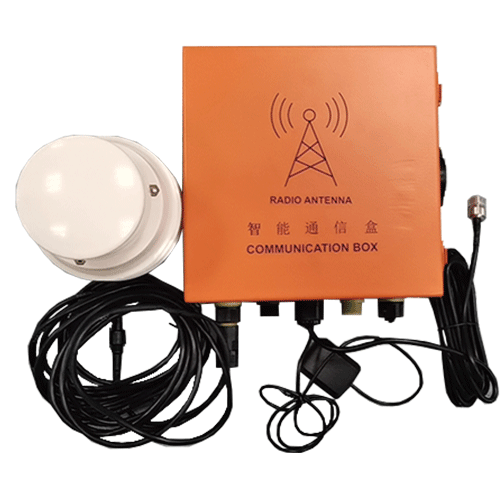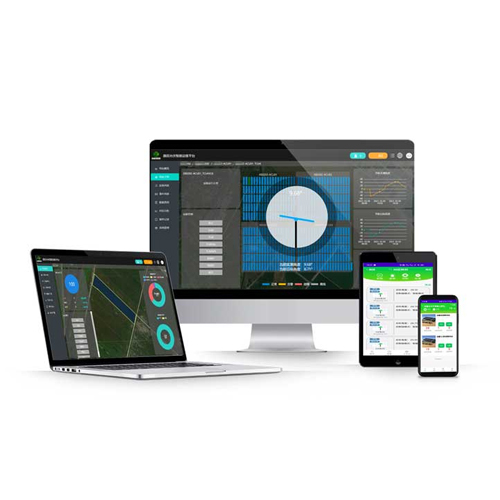Solar power is becoming increasingly popular as a clean and sustainable energy source. To harness the maximum potential of solar energy, advancements in technology have led to the development of solar trackers. These innovative devices play a crucial role in enhancing the efficiency and output of solar power plants. In this blog, we will delve into the importance of solar trackers and how they maximize the power output of solar installations.
Understanding Solar Trackers
Solar trackers are devices that orient photovoltaic (PV) panels or concentrated solar systems to follow the movement of the sun throughout the day. By constantly adjusting the position of the solar panels, trackers ensure that the panels are perpendicular to the sun's rays, optimizing energy absorption.
Types of Solar Trackers
There are primarily two types of solar trackers: single-axis and dual-axis trackers. Single-axis trackers move the solar panels along one axis, typically from east to west, following the sun's daily movement. Dual-axis trackers, on the other hand, not only track the sun's daily path but also adjust the tilt of the panels to optimize the angle of incidence. This allows dual-axis trackers to capture more sunlight, especially during different seasons.
Benefits of Solar Trackers
Increased Energy Output: Solar trackers can significantly boost the energy output of solar power plants by up to 25-35% compared to fixed-tilt systems. By continuously aligning the panels with the sun, trackers maximize the amount of solar energy that can be converted into electricity.
Improved Efficiency: Solar trackers enhance the efficiency of solar panels by reducing the mismatch between the panel's optimal angle and the sun's angle. This means that trackers can capture sunlight for a longer duration each day, leading to increased energy production.
Enhanced Return on Investment (ROI): With higher energy output and improved efficiency, solar trackers offer an attractive ROI for solar power plant owners. The additional energy generated can result in faster payback periods and increased revenue over the lifetime of the installation.
Factors to Consider
When implementing solar trackers in a power plant, several factors should be taken into account:
Available Space: Solar trackers require additional space compared to fixed-tilt systems. Sufficient land area must be available to accommodate the movement of the panels.
Maintenance: Solar trackers have moving parts that require regular maintenance to ensure proper functionality. This includes lubrication, inspection of electrical connections, and cleaning of sensors.
Environmental Conditions: Factors such as wind, snow, and extreme temperatures should be considered when selecting solar trackers to ensure they can withstand challenging weather conditions.
Case Studies
This section can highlight successful implementations of solar trackers in different solar power plants. Real-world examples can demonstrate the positive impact of solar trackers on energy production and financial returns.
Solar trackers play a vital role in maximizing the output and efficiency of solar power plants. By following the sun's path and adjusting the orientation of solar panels, these devices significantly increase energy production and provide an attractive return on investment. As the demand for renewable energy continues to rise, solar trackers are becoming an essential component of solar installations, contributing to a sustainable and clean energy future.
 English
English  中文
中文


